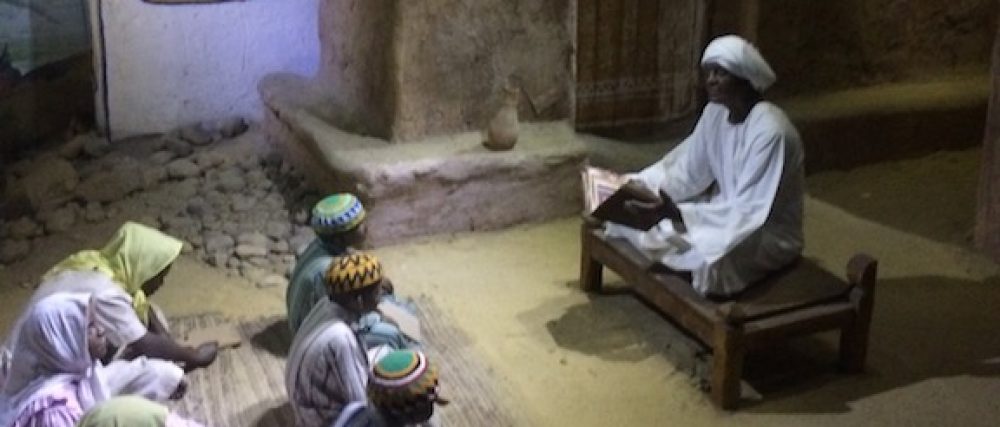Based on George G. M. James’ theory, I wish to examine the historical connections and pedagogical parallels between Islam and the Ancient Mysteries. Here, I will to put forth my hypothesis for the historical transformation of the Ancient Mysteries into Islamic scholarship:
- What Afrocentric, Masonic, and occult sources call the Ancient Mystery Schools represent the primordial religion of mankind from which all religions, major and traditional, are derived.
- The Mystery Schools were the institutions that resulted from the knowledge brought by prophets (or enlightened individuals) in each epoch. They consisted of a class of people dedicated to preserving and building upon that knowledge.
- The Mystery Schools had a particular set of objectives, curriculum, and ways of preserving their teachings that made their students and teachers recognizable to one another in various regions across the ancient world.
- The Mystery Schools had faced decline due to the changes instituted by the Greeks, internal confusion and corruption, the rise of Hellenized Christianity, and later the linking of the Church to the political entity of the Roman Empire, as well as its hostile position to other interpretations (which were expressions of the Mysteries) all served to replace their dominance in the world.
- Political conflicts, the destruction of the Mystery Schools, and the interruption of knowledge transmission led to religious confusion, forced migration, and factionalism.
- Some of these migrants and religious factions ended up on the Arabian Peninsula, where they were free to maintain their religious practices and beliefs away from the persecution and conflicts of one of the prevailing empires of the time. Among these religious factions were those known in Islamic sources as the Hanifs, who upheld the teachings of the Ancient Mystery Schools.
- The pluralism of the Arabian society along with the presence of the Hanifs made it fertile ground for the coming of the Prophet Muhammad to usher in a new age, confirm the truth in people’s practice and beliefs and correct the falsehoods therein, and re-establish the chain of transmission of prophetic knowledge in the world.
- The disciples of the Prophet Muhammad “opened” many of the areas through conquest that were once hubs of the Ancient Mystery Schools, which allowed for the re-establishment of the schools under the prophetic transmission of Muhammad.
- Many of the objectives, curricula, and teaching and learning methods coincided with those of the Ancient Mystery Schools.
- As the Islamic schools developed in different regions, scholars sought out the written works of ancient civilizations and a movement to translate them into Arabic quickly spread. Islamic scholars read, used, and critiqued the works of the ancients and passed their knowledge on to the contemporary world.

Pingback: Islam and the Ancient Mysteries Part 12 | The Maurchives